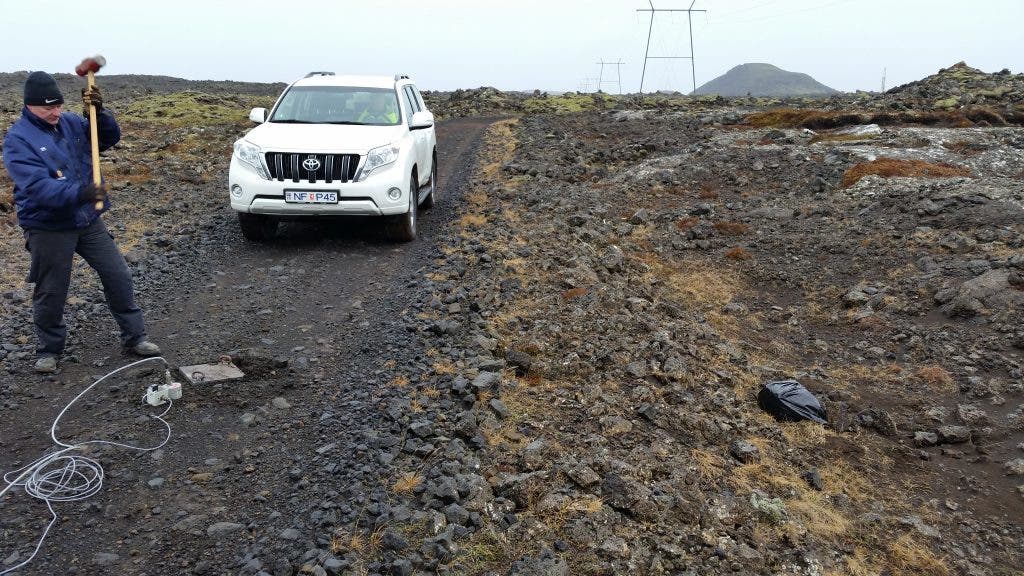Fiber-optic cables may do more than give you good internet and television — they might be able to provide much needed geological information.

We might not realize it, but on average, there’s about one earthquake of magnitude 7 or greater somewhere around the globe every month. The reason many of these earthquakes go largely unnoticed is that they occur in remote locations. But when big earthquakes happen near an urban center, it can cause dramatic damage.
Understanding how and when these damaging earthquakes happen is critical for mitigating their effects, but if we want to understand them, we must first understand the geological setting which produces them, and that’s no easy feat. Seismometers can accurately detect the velocity, or acceleration, of the ground surface and help map the fault systems, but this type of data only provides scant observations. Having long-term, dense monitoring stations is extremely expensive. Even the densest seismic networks in the world typically do not have more than one sensor every ~20 km, which can cost hundreds of thousands of dollars or more each year to operate and maintain. For a developing country, this is prohibitively expensive, and even for developed nations, the costs rake up dramatically. But what if we could use something else as sensors — something that’s already installed in many places?

With this in mind, Philippe Jousset and colleagues set up an experiment in Iceland where fiber-optic cables were transformed into a series of sensors to record natural and man-made seismic waves. They found that, although the method still needs refining, the sensors are able to quantify even small strains and displacements. The authors note that the cables not only record seismic signals but were able to resolve (in surprising detail) the surrounding geological structures at depth.
So with a bit of repurposing, already-existing broadband cables could be used as everyday seismic sensors.
Ultimately, this unconventional usage of infrastructure could be applied to a wide array of geological studies. Researchers envision that this technology could benefit volcano monitoring, seismic hazard assessment, landslide monitoring, and global seismology — by using transatlantic optical cables.
Jousset and colleagues aren’t the only ones thinking about this. In a recently-published paper, a different team described a somewhat similar approach: they’ve used transoceanic underwater cables as seismometers. Certainly, this idea has potential, and there are high hopes that it will be fruitfully applied in the future..
The study, “Dynamic strain determination using fibre-optic cables allows imaging of seismological and structural features,” has been published in Nature Communications.



